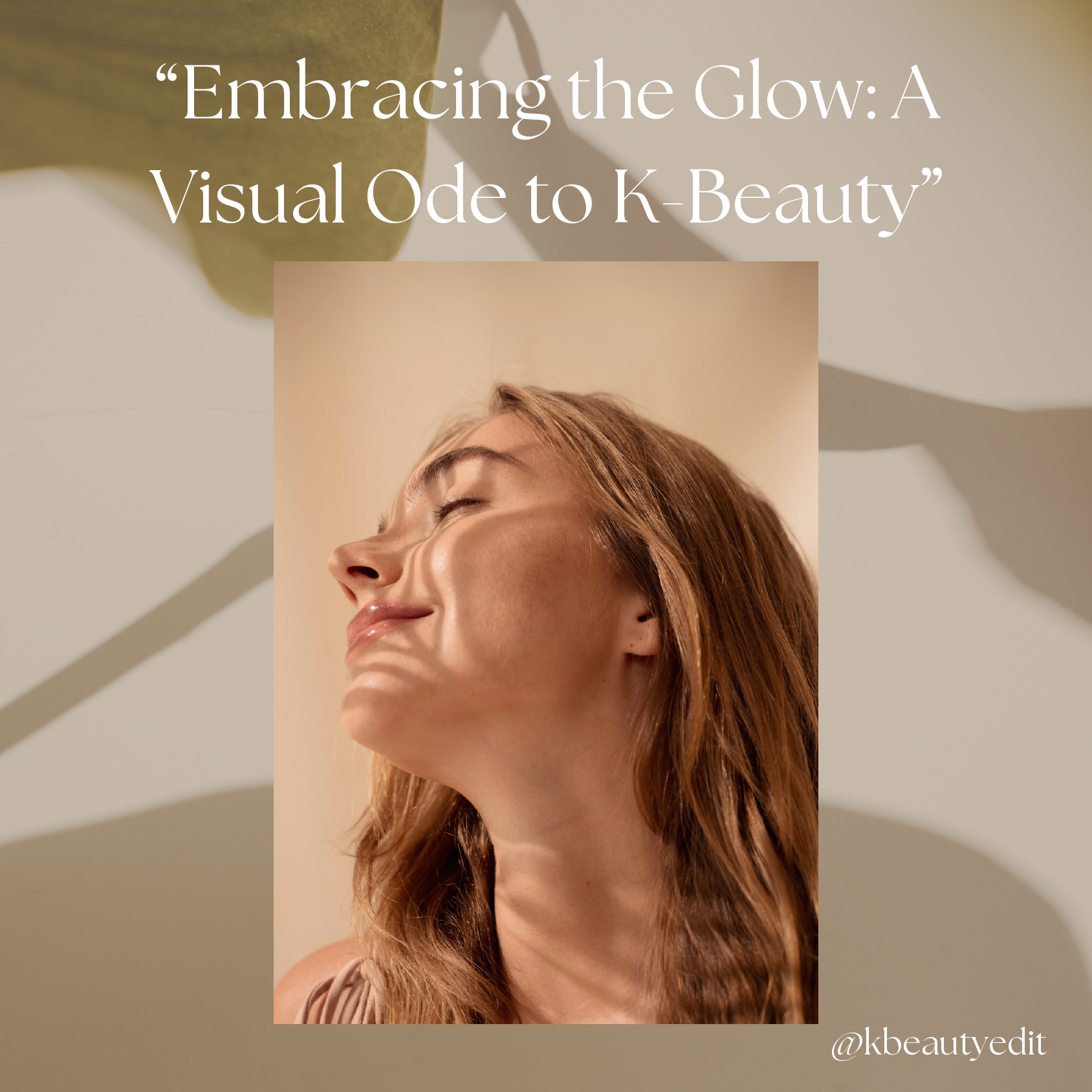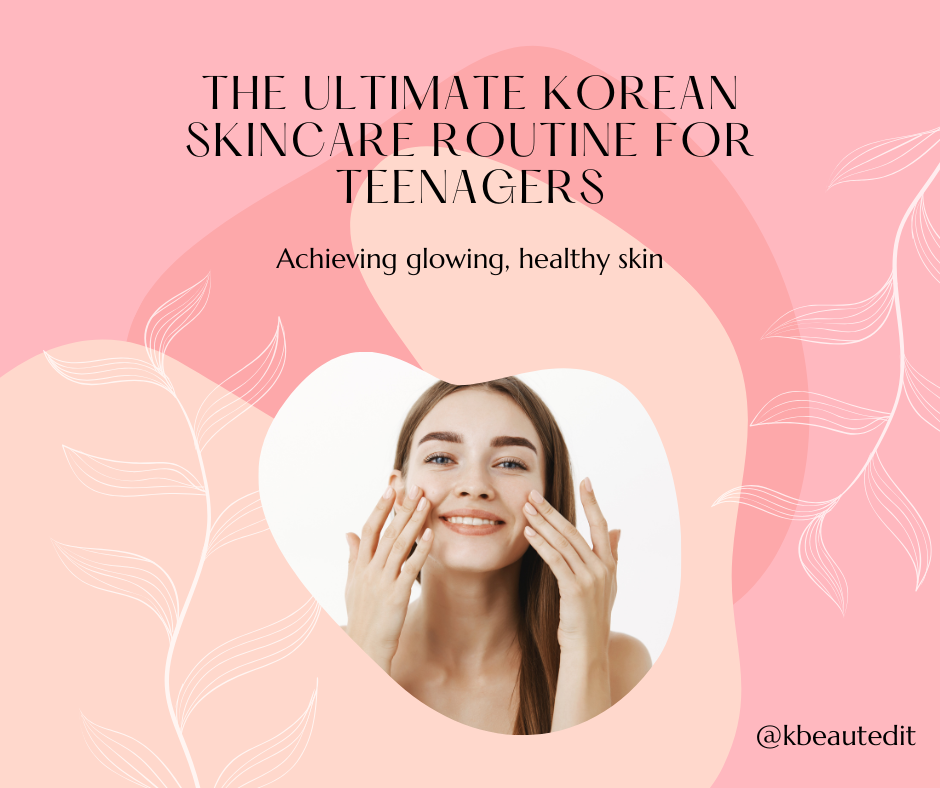When it comes to chemical exfoliants, the buzzwords “AHA” and “BHA” often pop up in skincare discussions. Both are powerful acids that work wonders for your skin, but they serve different purposes and are suited for different skin types. Understanding the difference between AHAs (Alpha Hydroxy Acids) and BHAs (Beta Hydroxy Acids) will help you choose the right one for your skincare routine.
What Are AHAs?
AHAs, or Alpha Hydroxy Acids, are water-soluble acids derived from natural sources like fruits and sugarcane. They work on the surface of your skin, gently exfoliating dead skin cells and revealing a smoother, brighter complexion underneath. AHAs are especially beneficial for dry skin because they help improve moisture retention and repair sun-damaged skin. Regular use of AHAs can also reduce fine lines, even out skin tone, and improve overall texture.
What Are BHAs?
BHAs, or Beta Hydroxy Acids, are oil-soluble, making them ideal for oily or acne-prone skin. Unlike AHAs, BHAs can penetrate deep into your pores, dissolving excess oil and clearing out impurities. This makes them highly effective for treating blackheads, blemishes, and clogged pores. BHAs also have anti-inflammatory properties, which can help calm redness and irritation caused by acne.
Key Differences Between AHA and BHA
Feature AHA BHA
Solubility Water-soluble Oil-soluble
Best for Skin Type Dry skin Oily and acne-prone skin
Action Exfoliates surface Absorbs into pores
Benefits Repairs sun-damaged skin Treats blackheads and blemishes
How to Choose the Right One
If you have dry or sun-damaged skin, AHAs like glycolic acid or lactic acid are your go-to. They’ll hydrate your skin while improving its texture and radiance. On the other hand, if you have oily skin or struggle with clogged pores, BHAs like salicylic acid are perfect for decongesting your pores and reducing breakouts.
Can You Use Both?
Yes! In fact, many skincare enthusiasts combine AHAs and BHAs to achieve a comprehensive exfoliation routine. However, it’s important to introduce them gradually and use them on alternate days to avoid over-exfoliation. If you’re new to chemical exfoliants, start with a lower concentration and always apply sunscreen during the day, as both AHAs and BHAs can make your skin more sensitive to UV rays.
Conclusion
Both AHAs and BHAs are powerful tools for achieving smooth, glowing skin, but they serve different purposes. AHAs focus on surface-level exfoliation and hydration, making them great for dry skin, while BHAs go deeper to target oil and clogged pores, making them ideal for oily and acne-prone skin. Understanding your skin’s needs will help you make the best choice—and perhaps even incorporate both for a well-rounded routine.


